LANG Electronics P.LANE Type 436 Review
The Vintage Compressor That Powers Modern Mixes
If you want a compressor that adds warmth, character, and that elusive “glue” that makes your tracks feel alive. Check out the LANG Electronics P.LANE Type 436, a 2U rackmount, all-tube vari-mu compressor launched in May 2025 by Heritage Audio’s LANG Electronics brand. Inspired by the legendary modified Altec 436C used at Abbey Road in the 1960s, this compressor blends vintage British Invasion vibe with modern enhancements like a SuperFast recovery setting. Whatever you’re mixing, be it rock, pop, hip-hop, or EDM, the P.LANE Type 436 is a secret weapon for crafting professional, vibey recordings. Let’s dive into why this compressor is turning heads and how it can improve your productions.
A Legend Reborn with Heritage Audio’s Touch
The Altec 436C was a cornerstone of 1960s recording, especially at EMI’s Abbey Road Studios, where engineers modified it into the RS124 for a “fabulous foursome” from Liverpool (hint: The Beatles). Its velvety, flattering compression shaped iconic tracks, taming brass, guitars, pianos, and strings without dulling their sparkle. LANG Electronics, under Heritage Audio’s stewardship, reimagines this classic with the P.LANE Type 436, preserving its all-tube, vari-mu design while adding modern flexibility. Priced at $799 (or €879 with VAT), it’s a steal compared to vintage RS124s, which are nearly impossible to find and cost a fortune.
The P.LANE Type 436 uses three high-grade tubes—a NOS 6H5P, JJ E88CC, and NOS 6AL5—matched to the original design, paired with custom-wound input and output transformers crafted by Heritage Audio. These components deliver the warm, harmonic-rich sound that defined the British Invasion, with a frequency response that preserves high-end transients (unlike some vintage units dubbed “high-end eaters”). Its 2U steel chassis houses transformer-balanced XLR and TRS I/O, a 220/110V mains selector, and a robust internal power supply, ensuring reliability in modern studios.
Sonic Character: Velvet Glue with Modern Precision
The P.LANE Type 436’s vari-mu design excels at smoothing dynamics with a musical, non-linear response. Its six-position DC Threshold control adjusts the compression knee, from subtle glue (position 1, classic 436C sound) to aggressive limiting (position 6), though Gearspace users note you may need external gain to drive higher settings due to the lack of onboard input gain. The Attack control offers six stepped settings, starting at a brisk 15ms for snappy transients, while the Recovery control ranges from 300ms to 6 seconds, with a unique Hold position for each setting that locks compression to the most recent peak level—perfect for consistent levels on vocals or bass.
The standout feature is the SuperFast recovery setting, a Heritage Audio innovation not found in the vintage 436C. This mode tightens the compressor’s response for modern genres like EDM or hip-hop, adding punch and clarity. Sound on Sound’s June 2025 review praises its “silky yet authoritative” compression, noting its ability to add “weight and cohesion” to guitar buses and drum rooms. In tests, Alex Pasco (six-time GRAMMY winner) used it at EastWest Studios, describing it as “transformative” on vocals, with a “vintage vibe that sits perfectly in dense mixes.”
The P.LANE’s London Mod emulation recreates EMI’s modified 436C, offering six selectable constants for nuanced control. Its low-frequency artifact control (via a Balance trim pot) minimizes distortion as tubes age, ensuring longevity. While it lacks digital recall, the detented Output Attenuation and Zero meter calibration make settings repeatable, a boon for analog workflows.
Workflow and Versatility: A Studio Workhorse
The P.LANE Type 436’s front panel is intuitive, with a VU meter, DC Threshold, Attack/Recovery knobs, and on/off toggle. Screwdriver-adjustable Zero and Balance pots fine-tune performance, while XLR and 6.35mm jack I/O offer flexible connectivity. Its build quality—full-size, through-hole PCB components—is exemplary, as noted in Sound on Sound’s review. The compressor shines on guitars, bass, drums, and vocals, but its versatility extends to brass, strings, and even Mellotrons, making it a go-to for pop, rock, metal, hip-hop, and electronic music.
Drawbacks? Gearspace’s seawell points out the lack of input gain can limit extreme limiting, requiring external preamps for heavy gain reduction. Some Reddit users speculate production in China keeps costs low, but Heritage Audio’s rigorous quality control ensures pro-grade performance. The SuperFast mode may feel too modern for purists chasing pure 1960s tone, but it’s optional.
Who’s It For?
The P.LANE Type 436 is perfect for studio engineers, producers, and home studio owners who want vintage tube compression with modern flexibility. At $799, it’s accessible for project studios, offering a taste of Abbey Road’s magic for tracking or mixing. Compared to competitors like the Warm Audio Bus-Comp ($799), the P.LANE’s vari-mu design and historical pedigree give it a unique edge for character-driven compression.
Why the P.LANE Type 436 Stands Out
As a producer, I’ve chased that “in-the-box” analog warmth that makes tracks feel timeless. The LANG Electronics P.LANE Type 436 delivers it in spades, with its lush, velvety compression and versatile controls that suit any genre. From the Beatles’ iconic grit to modern pop’s punch, this compressor bridges eras with ease. Its SuperFast setting and rugged build make it a forward-thinking tool, while its tube-driven soul keeps it rooted in the 1960s. Ready to add Abbey Road’s magic to your mixes? Grab a P.LANE Type 436, dial in some glue, and let your tracks shine.


